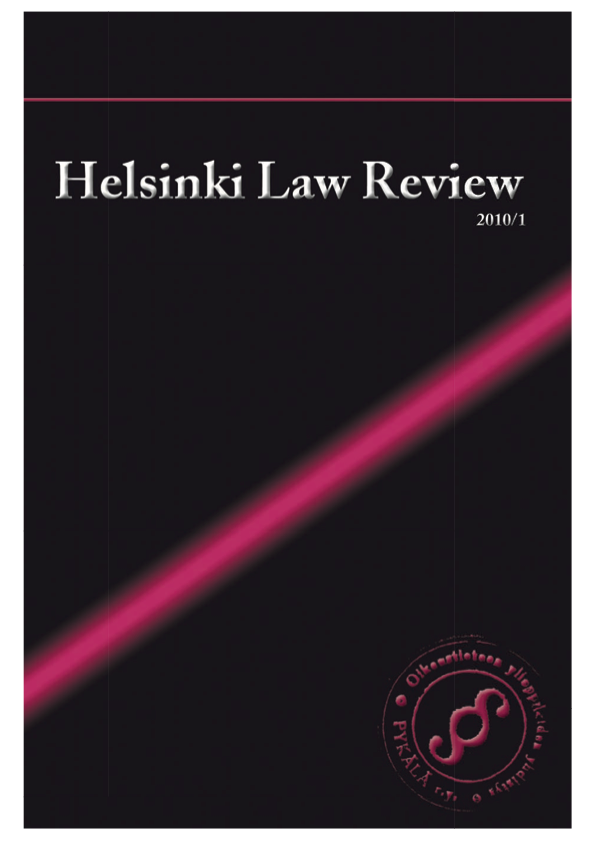The Role of Subprime Mortgage Securitisation in the Current Global Financial Crisis
Abstract
In August 2007 the credit markets ceased to function completely. Today quite a few of those who are familiar with the recent chain of events share the view that a financial technique known as securitisation was one of the prime culprits for the credit freeze, and eventually the global financial crisis. This article studies the role of securitisation of subprime mortgages in the U.S. prior to the current global financial crisis.
It has been widely known for a long time to financial market participants and bystanders alike that the global banking system was transforming into a world of off-balance sheet and derivatives – the shadow banking system. At the same time, we have witnessed a dramatic change in the way we perceive the dynamics of becoming indebted. Securitisation, which primarily refers to banks’ practice of parcelling and selling loans to other investors, has been deemed one of the main tools utilised by market operators in this metamorphosis.
Based on the present discussion, this article serves as an introduction to the following themes: (i) in what sense have securitised subprime mortgages been seen as the cause of the current financial crisis? This article focuses primarily on the securitisation of subprime assets prior to the financial crisis. Therefore, to enable an assessment of the presented possible explanations, it is necessary to describe (ii) the basics of the financial instruments and structures involved as well as the basics of subprime mortgage lending. In addition, as a byproduct of the two previous themes, (iii) this article will also review the reasons for the pre-crisis boom of subprime lending and securitisation.
This article is primarily composed of elements from two legal disciplines, law and economics, and the law of finance. Securitisation was meant to disperse risks associated with subprime lending. The aim was to share the risks with deep-pocketed investors who were better able to absorb losses. By now it is evident that the originate-and-distribute model of selling subprime mortgages and the attendant chain of structured securities built around it has been discredited. But exactly how much of the blame should be directed towards securitisation? Securitisation is not the sole reason behind the financial crisis. Admittedly, the particular implementation of securitisation was flawed, but the technique in itself is not fundamentally wrong. With this in mind, should one go as far as to ban these recent financial innovations entirely, as has been suggested by the most critical debaters? The answer to these questions would require a further and more profound study than is possible within the scope of this article, but in the meantime one might settle for sharing Professor Bengt Holmströms’ concern that a deeper understanding of the events that led to the current financial crisis should be achieved before any major regulatory changes are made.


